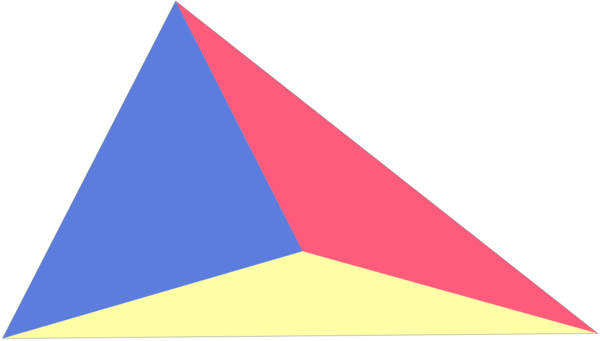Triangle Tangled II

Three triangles of equal perimeters are put together to form a bigger triangle as shown in the figure.
What is the maximum obtainable value of an angle of triangle ?
This section requires Javascript.
You are seeing this because something didn't load right. We suggest you, (a) try
refreshing the page, (b) enabling javascript if it is disabled on your browser and,
finally, (c)
loading the
non-javascript version of this page
. We're sorry about the hassle.
Are you sure 2 a r c t a n ( 4 / 3 ) is the right answer? I am pretty sure any obtuse triangle cannot be dissected into three triangles (as above) such that each triangle has the same perimeter. However, you can obtain a triangle T whose largest angle is arbitrarily close to (but smaller than) 9 0 degrees (consider isosceles triangle whose common angles are near 9 0 degrees). I can explain my reasoning further if you want ...